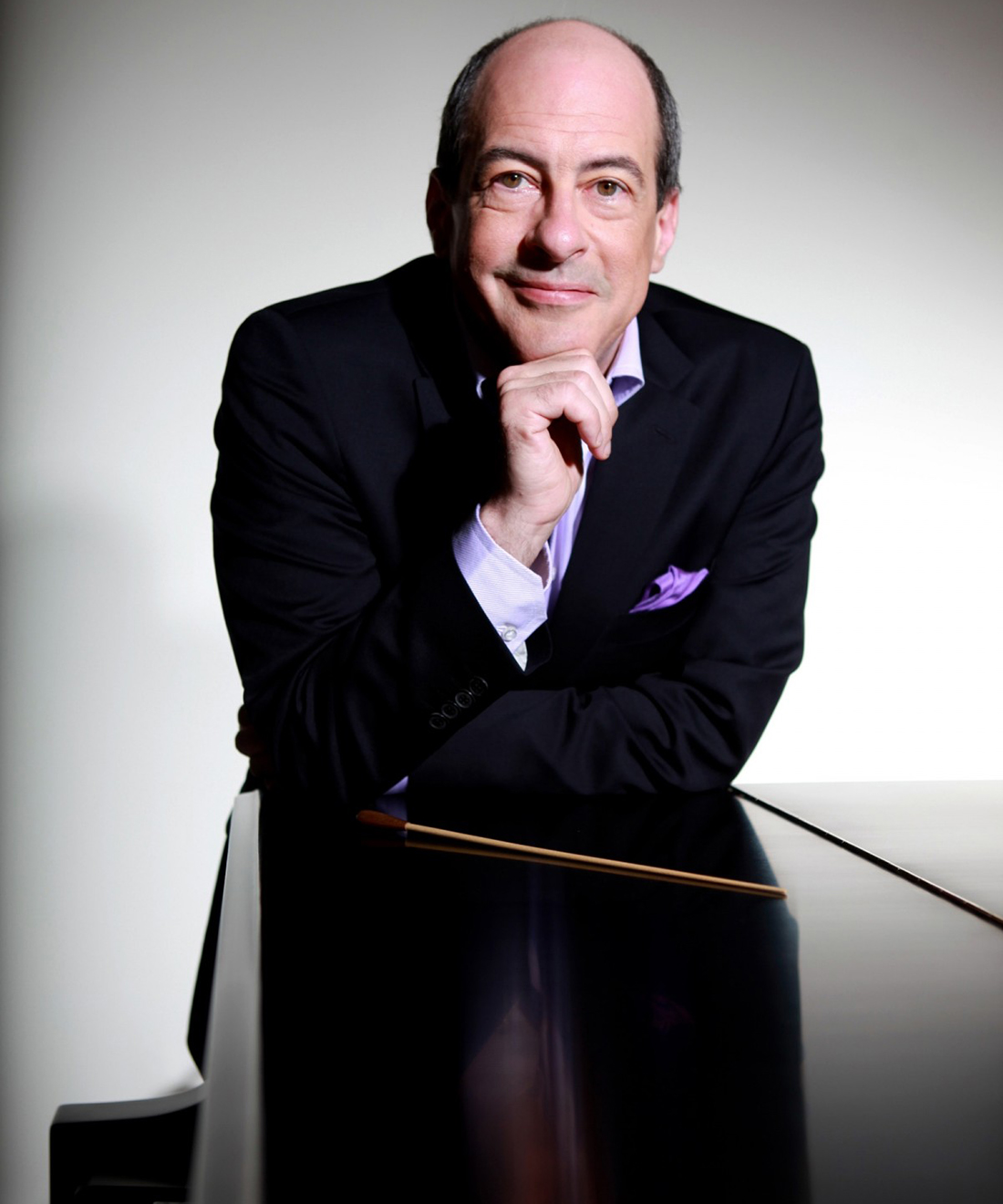For piccolo, two flutes, three oboes, two E-flat clarinets, three B-flat clarinets (two doubling bass clarinets), three bassoons (third doubling contrabassoon), four horns, four C-trumpets, three trombones (third is bass trombone), tuba, timpani, five percussion, harp, and strings.
Duration: 35 minutes
FIRST PERFORMANCE: Atlanta Symphony/ Robert Spano, April 2009

My symphony is cast in four movements, and the outer two are the big pillars of the piece, both emotionally and in scale. The first movement is about twelve minutes (I became very interested in the way a first movement defines a symphony, and started looking around at the lengths of the major symphonies that I love, and all of them seemed to have first movements in the twelve to fifteen-minute range). The first movement and last movement both hinge on two contrasting types of energies—in the first movement, the feeling is joyous but occasionally takes turns into a slightly out-of-control version of itself. The last movement is quite dark and monolithic in character, but is occasionally tormented by flashes of light and beauty. I saw these two movements as mirror opposites of each other. The first is mostly quite fast, the last has a certain breadth and grandeur with some occasional faster music.
The second movement is about eight minutes long and is quite lyrical, but not slow. There is a kind of falling (or maybe more appropriately, “raining”) music that one hears in the opening bars which comes back throughout the movement. The primary melody is by contrast an upward, surging line. There are some unusual “nocturnal” effects, including various percussion (woodblocks, claves, etc.), but more notable maybe is that the orchestra itself is called upon twice to actually sing (unobtrusively, and on neutral syllables like “ooh”, but a noticeable presence nonetheless).
The third movement is a brief scherzo-ritornello. It is only about four minutes in length, but moves at a good clip. The feeling is of a swirling dance with the strings darting here and there and an abundance of pizzicato to help create a sense of agility in the line. The main melodic material is heard first in the flutes and clarinets, and that refrain is heard many times in several slightly altered guises. The contour of the darting material of the strings provides the fuel for all of the rest of the material in the movement. This movement would have an almost classical feel to it, were it not for the tidal surges of the brass and percussion from time to time.
This work is gratefully dedicated to Robert Spano, in admiration and friendship.
—Christopher Theofanidis
